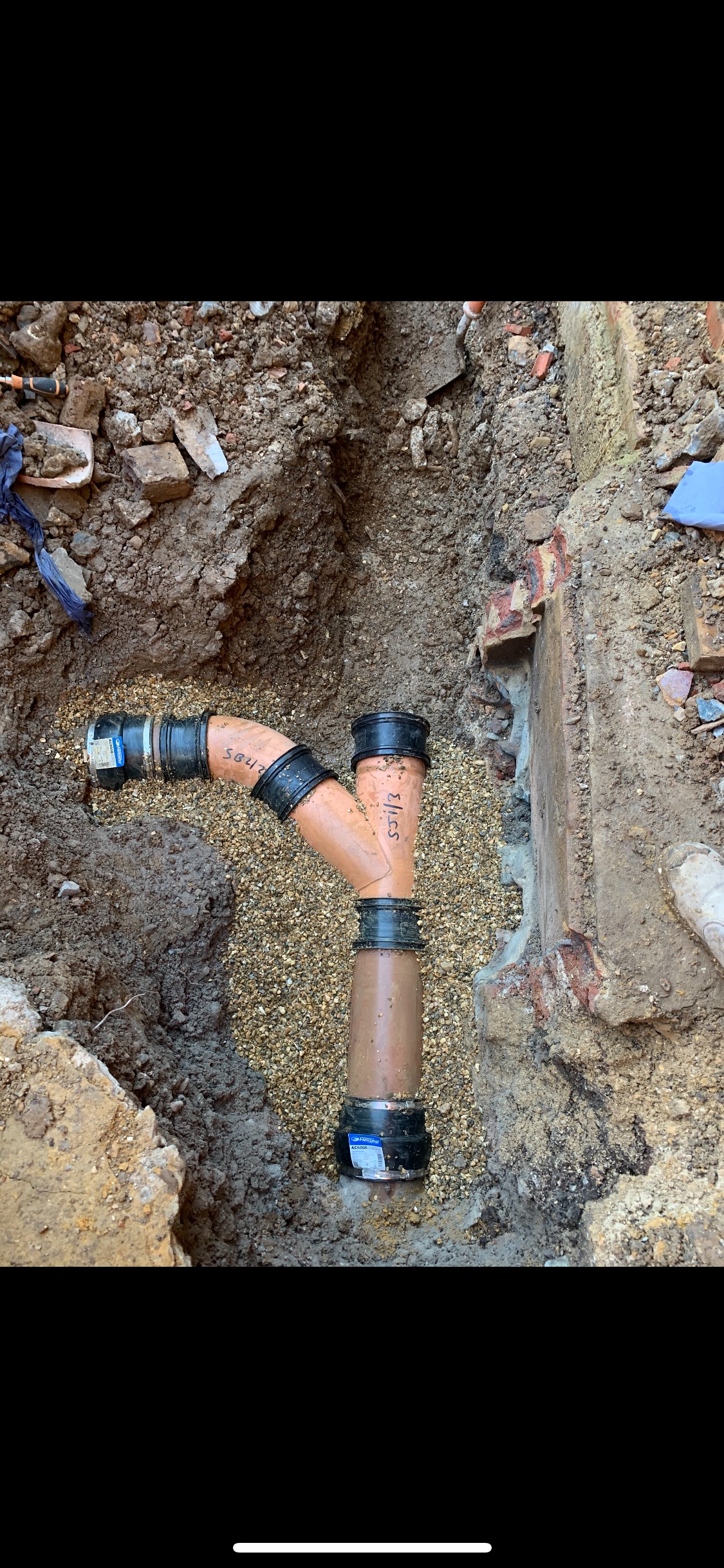
Water and sewer systems are critical components of urban infrastructure that ensure public health and sanitation. These systems are responsible for delivering clean drinking water and managing wastewater effectively. Understanding how these systems operate is essential for communities, policymakers, and engineers alike. In this article, we will delve deep into the intricacies of water and sewer systems, their functions, challenges, and innovations shaping their future.
The importance of water and sewer systems cannot be overstated, as they play a vital role in maintaining hygiene, preventing diseases, and supporting economic growth. With increasing urbanization and population growth, the demand for efficient water and sewer management is more pressing than ever. This article aims to provide a comprehensive overview of water and sewer systems, from their basic components to the latest technological advancements.
As we navigate through this extensive topic, readers will gain insights into the various aspects of water and sewer systems, including their design, maintenance, and the impact of climate change. By the end of this article, you will have a deeper understanding of why these systems are essential for sustainable living and how they can be improved for future generations.
Table of Contents
Water Systems Overview
Water systems encompass all the processes involved in sourcing, treating, and distributing potable water to consumers. These systems are designed to ensure that water is safe for drinking, cooking, and sanitation purposes. The primary sources of water include rivers, lakes, reservoirs, and groundwater. Once sourced, water undergoes a rigorous treatment process to remove contaminants before being distributed through a network of pipes.
Importance of Water Systems
Water systems are crucial for various reasons:
- **Public Health:** Access to clean water reduces the risk of waterborne diseases.
- **Economic Development:** Industries rely on a consistent water supply for operations.
- **Environmental Sustainability:** Proper management of water resources helps protect ecosystems.
Components of Water Systems
A well-functioning water system comprises several key components:
- Water Treatment Plants: Facilities that treat raw water to make it safe for consumption.
- Distribution Network: A system of pipes that transports treated water to households and businesses.
- Pumping Stations: Structures that help maintain water pressure within the distribution network.
- Storage Facilities: Tanks and reservoirs that store water for peak demand times.
Sewer Systems Overview
Sewer systems are designed to collect, transport, and treat wastewater generated from households, industries, and stormwater runoff. Proper sewer management is essential to prevent pollution and protect public health. There are two main types of sewer systems: sanitary sewers and storm sewers.
Types of Sewer Systems
The two primary sewer systems include:
- Sanitary Sewers: These systems carry wastewater from homes and businesses to treatment plants.
- Storm Sewers: Designed to manage surface runoff from rain and melting snow, preventing flooding.
Components of Sewer Systems
Key components of sewer systems include:
- Collection Pipes: Pipes that transport wastewater to treatment facilities.
- Lift Stations: Pumping stations that help move wastewater uphill or over long distances.
- Treatment Plants: Facilities that process and clean wastewater before discharging it back into the environment.
- Outfalls: Points where treated water is released back into natural water bodies.
Challenges in Water and Sewer Systems
Water and sewer systems face numerous challenges that impact their efficiency and sustainability:
- Aging Infrastructure: Many water and sewer systems are outdated, requiring significant investment for upgrades.
- Contamination Risks: Pollution from industrial runoff and aging pipes can compromise water quality.
- Funding Issues: Insufficient funding often leads to deferred maintenance and inadequate service.
- Climate Change: Increasing extreme weather events can overwhelm existing systems and lead to failures.
Innovations in Water and Sewer Management
To address these challenges, innovations are being integrated into water and sewer management:
- Smart Water Systems: Utilizing IoT and data analytics to monitor and manage water distribution effectively.
- Green Infrastructure: Implementing rain gardens, permeable pavements, and green roofs to manage stormwater sustainably.
- Advanced Treatment Technologies: Employing membrane filtration and UV treatment to enhance wastewater processing.
- Public Engagement: Involving communities in decision-making and conservation efforts.
The Impact of Climate Change
Climate change poses significant risks to water and sewer systems:
- Increased Flooding: More intense rainfall can overwhelm drainage systems, leading to sewage overflows.
- Water Scarcity: Drought conditions can reduce water availability, straining existing resources.
- Temperature Changes: Warmer temperatures can affect water quality and increase evaporation rates.
Conclusion
In conclusion, water and sewer systems are vital for public health, environmental sustainability, and economic development. Understanding their components, challenges, and innovations is crucial for enhancing their effectiveness. As communities face increasing pressures from urbanization and climate change, a collective effort is needed to improve these systems and ensure a sustainable future. We encourage readers to engage in discussions about water conservation and support local initiatives aimed at improving water and sewer infrastructure.
If you found this article informative, please leave a comment below, share it with others, or explore our other articles for more insights!
Thank you for reading! We hope to see you back here for more engaging content on urban infrastructure and sustainability.
ncG1vNJzZmirn521b6%2FOpmasp5idu6bD0pusrGpmZMSiwMSrZJqmlGLApsPEq2WhrJ2h